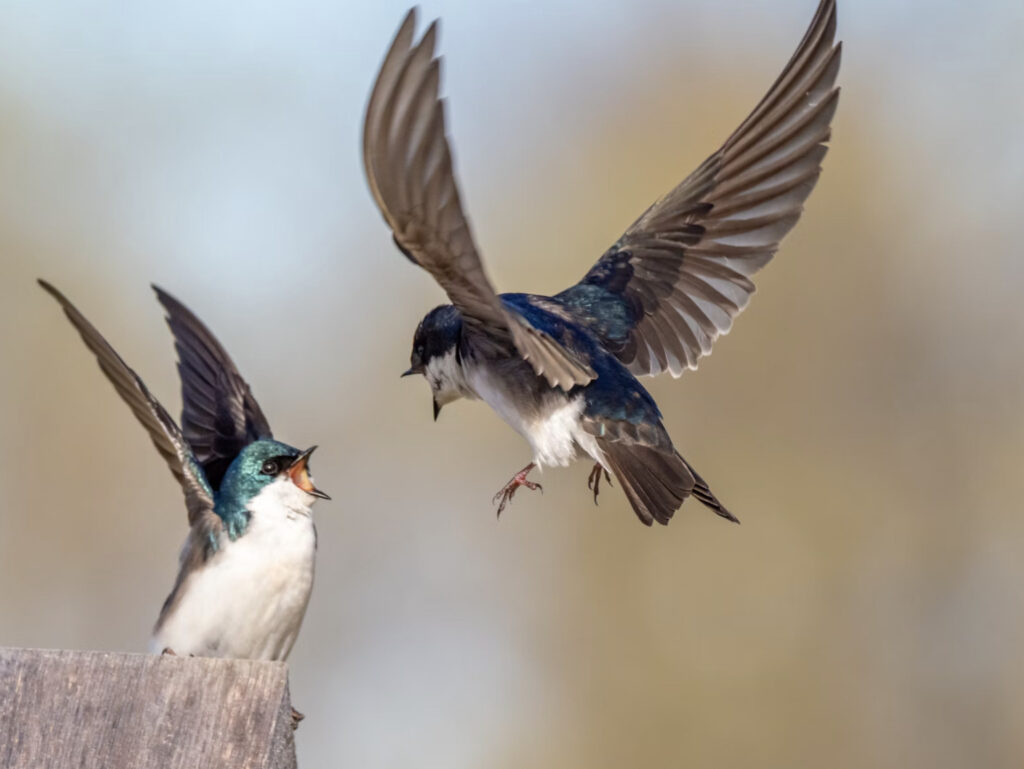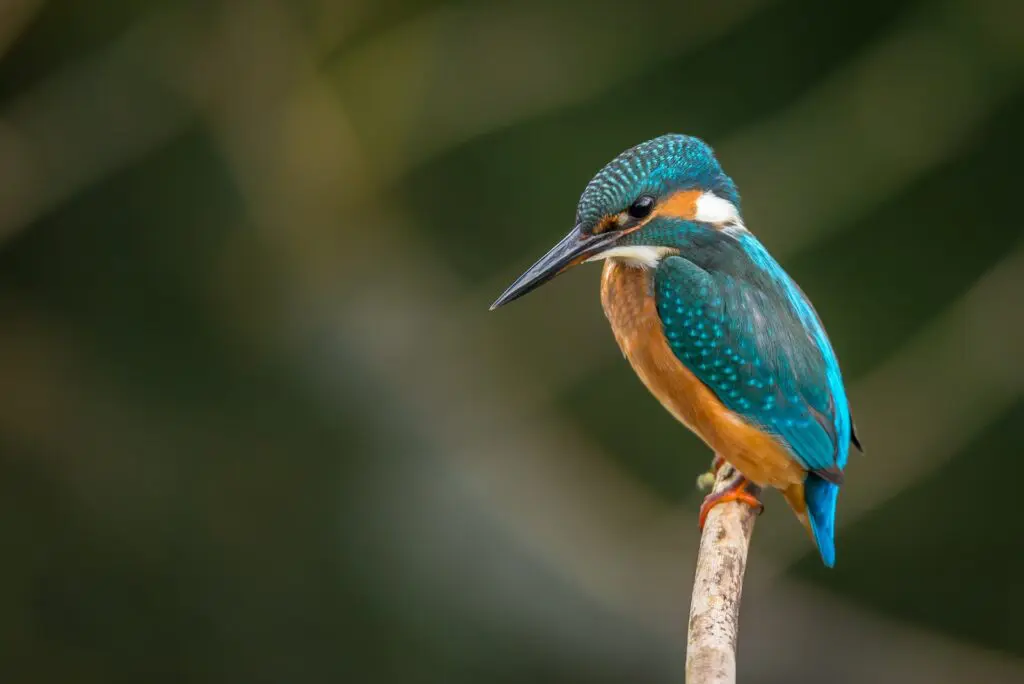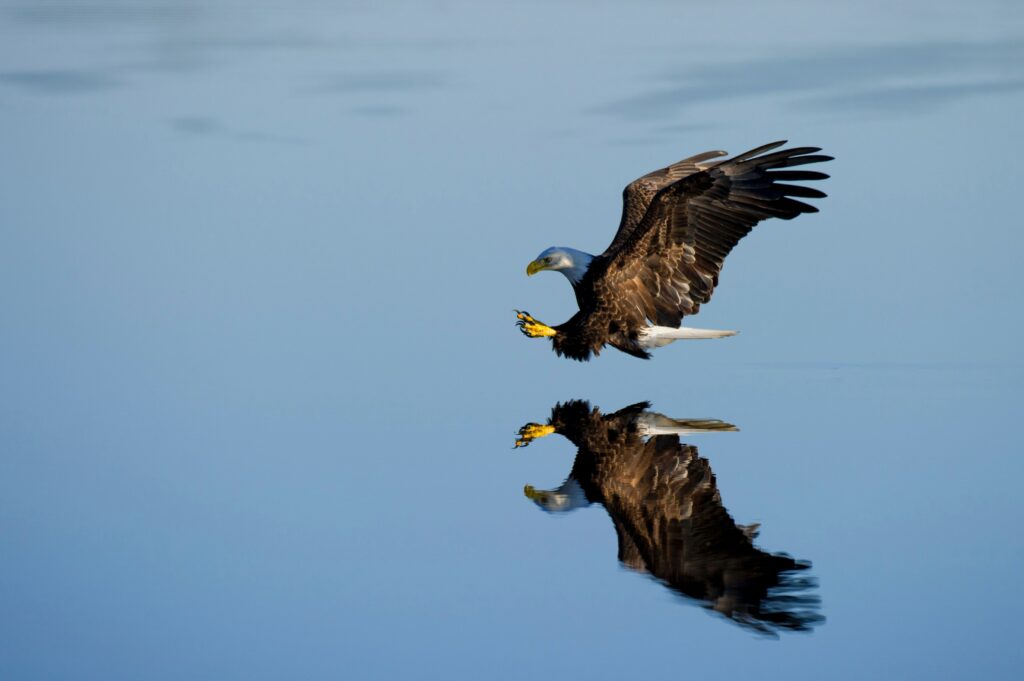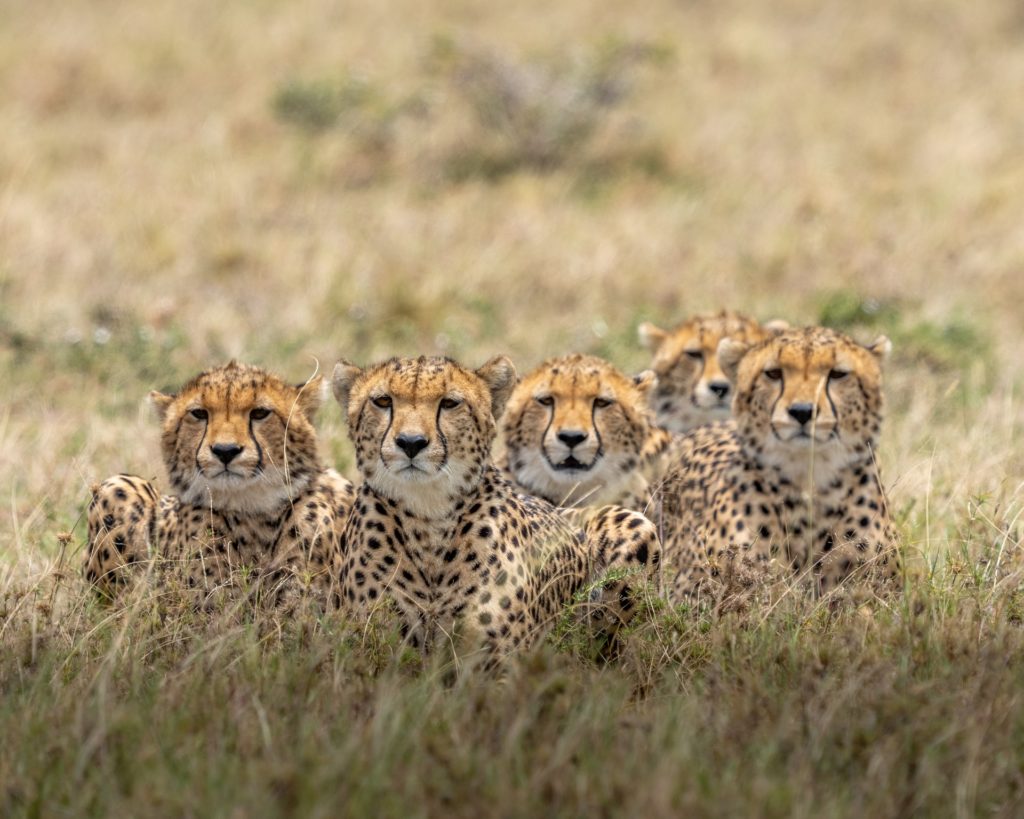Animal attitude makes us smile, giggle and stare at an image a bit longer than a bird perched on a branch. Animals are not always perfect posers. However, there are a few essentials that can help improve capturing animal attitude in the field. These 5 1/2 essentials can apply to new photographers. They can also serve as a refresher to advanced photographers who want to “show some animal attitude.”
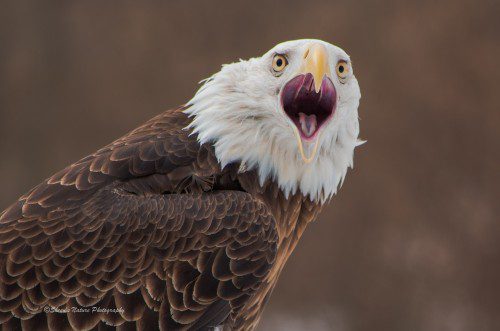
The bald eagle image above was a rescue. Used for education and well cared for by humans, he enjoyed offering intense iconic stares and cackling displays. Lens and settings: 70-300mm, f/8,ISO 320, 1/800 sec.
1. Go Where They Go to Show Their Animal Attitude
Some of the best animal attitude photo opportunities occur with animals that are accustomed to seeing people. This includes protected forests, wetlands, beaches, nature preserves, large parks and resorts with diverse habitats. In the Northern Hemisphere, early spring means millions of birds traveling along their migratory flyways. Various habitats serve as resting and nesting spots for migratory birds. As it is a very active time for birds, behaviors and colors are more animated and brighter.
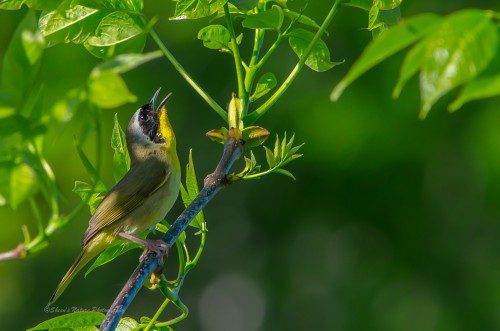
Beautiful Song – Sheen's Nature Photography
The Common Yellowthroat warbler perched along a nature trail in the morning sunlight. His delightful song served as a cheerful guide to his location. He continued to sing for a few minutes allowing for many captures. Lens and settings used: Nikon 55-300mm, f/9, ISO 250, 1/250 sec.
Just this week in the small midwest town of Oak Harbor, Ohio thousands of birders and photographers from the US and around the world traveled to Magee Marsh . Known as the “Warbler Capital of the World” photographers relished in up close and personal access to a wide variety of bird species within feet of their lenses. Whether shooting locally or traveling, researching and contacting the visitor centers in advance can help in planning. When arriving, talk to the guides to see where the day's hot spots are located so time can be maximized.
2. The Early Bird Catches the Worm
Grab your coffee or green tea and use that caffeine to your advantage! Animals begin taking on their day shortly after sunrise and it typically extends to late morning. This is their prime time for interacting with other animals, feeding, singing and moving about. This is our prime time for capturing animal attitude in action.
3. You Don't Have to be An Animal Attitude Whisperer
Successful animal attitude photographers invest the time to understand behaviors in advance and practice patience in the field. When animals come towards the photographer naturally, their animal attitude is more readily displayed and captured by the photographer.
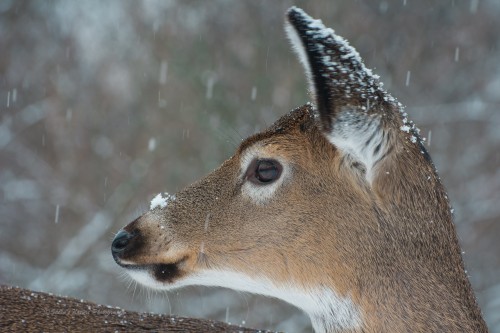
Is This My Best Side? – Sheen's Nature Photography
The deer displayed comfortable curiosity approaching me in the field. He came within ten feet from where I kneeled behind the camera. He shifted his face right, then left offering side profile views before walking away. Lens and settings: 70-300mm, f/8, ISO 200, 1/125 sec.
No matter how tempting, or safe it appears, approaching animals in the wild can put you and/or the animal at risk. Understanding their behavior and observing postings, rules and guidelines at all times ensures a rewarding, fun experience.
4. Optimizing your Equipment – It's Not About the Most Expensive Lens
Images are created by nature and the photographer. Great images are not necessarily created by the price tag of the lens. While there are definite differences and benefits to high end lenses, it does not mean a photographer can't get great images with less expensive lenses. Most professional photographers achieved greatness through learning how to capture awesome animal attitude images before they invested in higher end equipment. They learned, they practiced and created a business. As their income grew, so did their investment.
The investments made are with lenses, cameras, and tools that assist with lighting and stability. The other investment is perpetual, learning from books, manuals, mentors and time in the field. Sharp, quality images can be achieved with a 70-300mm 4.5, 150-500mm 5.6 and other lenses. A few simple actions can make a difference on a 150-500mm lens. This includes using a tripod and resting a hand on the lens to minimize vibration. Hanging a camera bag on the tripod can provide extra stability on a breezy day. Knowing how to maximize your camera, lenses and accessories occurs through a combination of education, trial and error.
5. Some Technical Skills
“Sharp & Defined” – Sharp and defined images effectively communicate the animal's details. This includes markings, eye expressions, details of fur and feathers. Is the eye blurred? Can the eye and the soft skin around the eye be clearly observed? Is the singing bird's bill clear? Focusing in on the details and balancing with the right depth of field is both a science and an art resulting from practice.
For small animals, using f-stops in the f/7.1 (and sometimes higher based on lighting) to f/9 optimizes the tiny details. For larger animals, depending on their size and the amount of desired detail, shifting to an f/11 to f/12 may be needed. Knowing the sweet spot of the lens happens with practicing in the field.
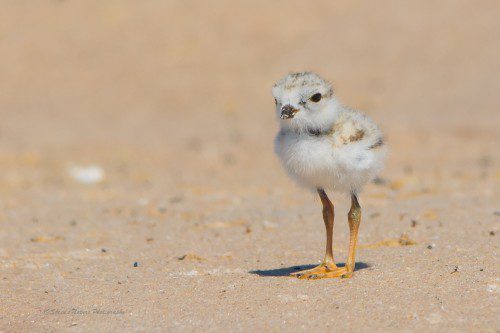
“I'm All Legs” – Sheen's Nature Photography
This tiny, baby Piping Plover is an endangered species in Michigan. The opportunity to see and photography little plover came as a result of a contact affiliated with the Department of Natural Resources. Lens and settings: Sigma 150-500mm, f/8, ISO 200, 1/1000 sec.
“Soft & Sweet” – There are moments where soft images convey as strong of a message as those that are sharp and defined. Breezy, cold days where birds grip onto branches or squirrels shiver and fluff convey what many of us feel – cold! Baby animals can be sweet, fluffy, downy and delicate.
Mr. Red Fox squirrel chased off the birds to stand on top of the bird feeder. With temperatures well below freezing, his ‘animal attitude' reflected how many felt in the frigid air. Lens and settings: 150-500mm, f/8, ISO 320, 1/125 sec.
Taking advantage of what captured the photographer's attention can also captivate the viewer.
5.5 Knowing When
When an animal is just going to ‘stand there and look pretty', take a few images anyway. Wildlife is beautiful standing still and in action. It may be an image used in the future or saved for some creative editing. Then, move on to another area where that animal exhibiting their ‘animal attitude' may be waiting.

